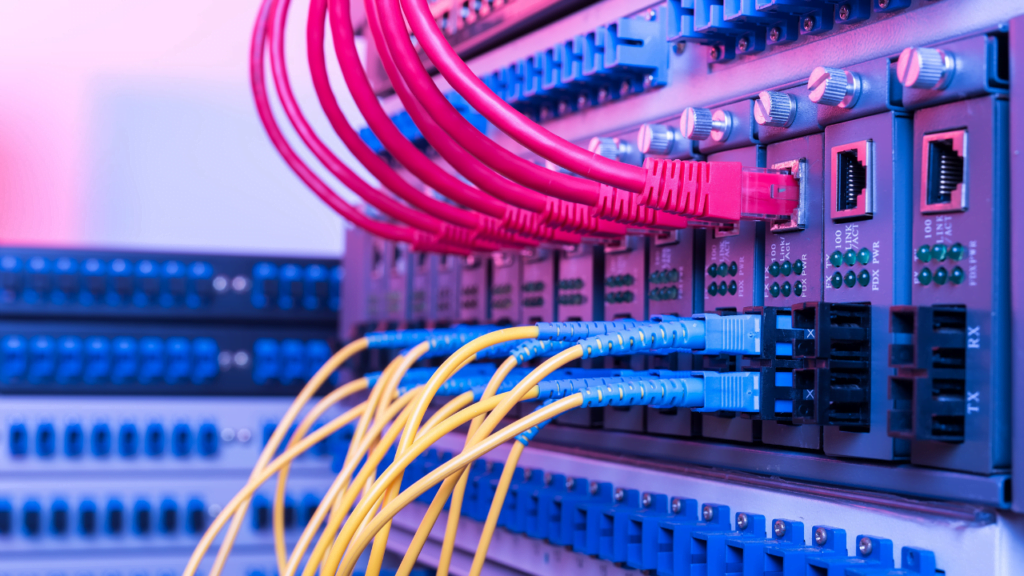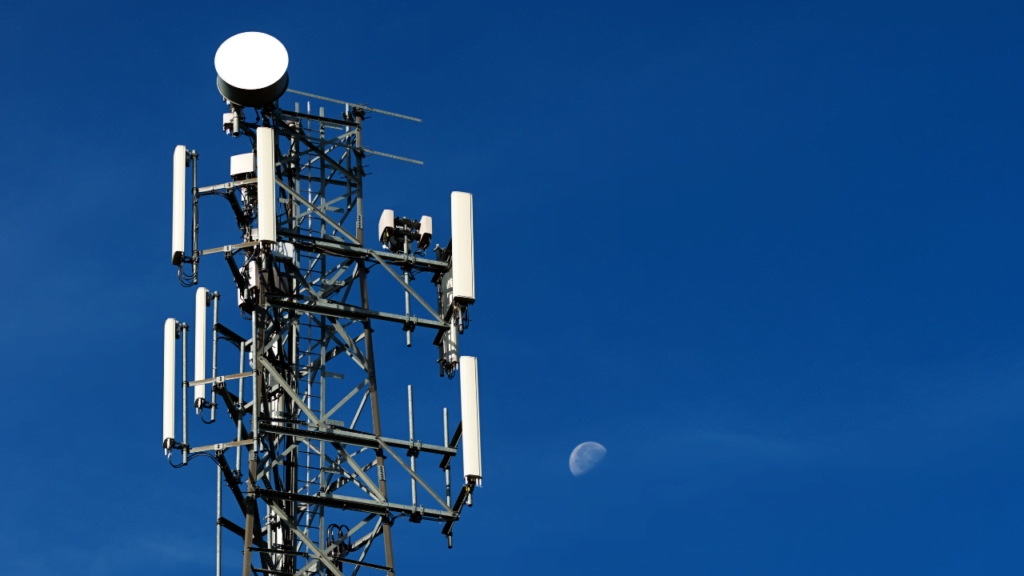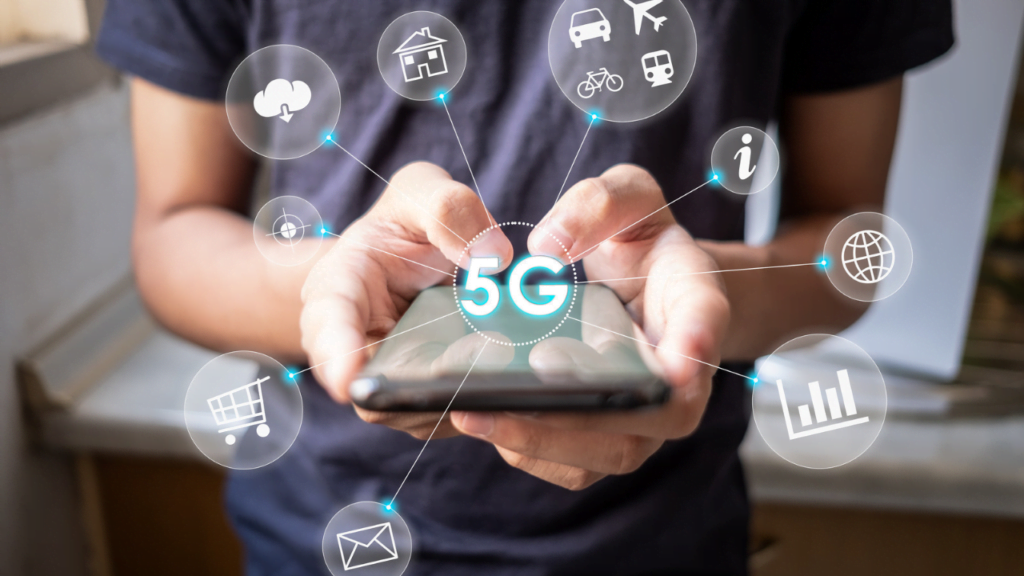T-Mobile is well known for its reliable and fast wireless network, but the company is not resting on its laurels. Instead, it is constantly exploring new ways to improve its service and stay ahead of the competition. One of the ways it is achieving this is through uplink carrier aggregation. More after the Break.
What is Carrier Aggregation?
Carrier aggregation is a technology that allows wireless carriers to combine multiple blocks of frequency to boost data speeds. In the past, wireless networks only used a single block of frequency to send and receive data. Carrier aggregation allows multiple blocks of frequency to be used at the same time. This speeds up data transfer rates and improves overall network performance.
How does it improve uplink speeds?
Uplink speeds are important for tasks like video conferencing, online gaming, and sending large files. Carrier aggregation improves uplink speeds by allowing data to be sent across multiple blocks of frequency at the same time. This can significantly increase throughput and reduce latency.

What is the difference between standalone uplink and uplink with carrier aggregation?
Standalone uplink refers to the uplink speed of a wireless network that does not use carrier aggregation. Uplink with carrier aggregation refers to the uplink speed of a wireless network that does use carrier aggregation. The difference between standalone uplink and uplink with carrier aggregation is the amount of frequency that is available to send data.
When will carrier aggregation be available with T-Mobile?
T-Mobile has announced that it will begin offering upload carrier aggregation early next year. This new technology will be available to both individual and business customers. Customers can expect to see faster uplink speeds and overall improved performance on T-Mobile’s network.

How will T-Mobile’s Uplink Carrier Aggregation Work?
T-Mobile’s uplink carrier aggregation will work by using multiple blocks of frequency to send data. The company will use a 5G modem-RF system from Qualcomm to reach uplink speeds topping 207 Mbps. This new technology will allow T-Mobile to combine its 4G LTE and ultra capacity 5G network to deliver the best possible performance to its customers.
What technology will T-Mobile use for carrier aggregation?
T-Mobile will use a 5G modem-RF system from Qualcomm to achieve carrier aggregation. This system uses the Snapdragon X750 5G modem-RF system, which is currently the most advanced 5G modem on the market. It allows for improved uplink speeds and better network performance.

What other companies are working with T-Mobile on this technology?
Nokia is also working with T-Mobile to develop uplink carrier aggregation technology. Nokia offers a range of solutions for carrier aggregation, including its AirScale Radio Access platform. This platform is capable of combining multiple blocks of frequency to improve data speeds and overall network performance.
What kind of uplink speeds can be expected with T-Mobile’s carrier aggregation?
T-Mobile’s carrier aggregation technology is expected to deliver uplink speeds topping 200 Mbps. This is a significant improvement over current uplink speeds, and it will allow for a better user experience when using data-intensive applications like video conferencing and online gaming.
What is 5G Standalone Uplink Speed?
5G standalone uplink speed refers to the speed at which data can be sent from a device to the network on a 5G SA network. 5G SA networks are designed to provide better coverage, lower latency, and improved reliability compared to 5G non-standalone networks.
How is 5G standalone different from other 5G networks?
5G standalone networks are different from other 5G networks because they are built using only 5G technology. In contrast, non-standalone networks use a combination of 5G and existing 4G LTE technology. 5G standalone networks offer better performance, particularly for uplink speeds.
What is the current status of 5G standalone uplink speed?
5G standalone uplink speeds are currently limited by the amount of frequency that is available for use. However, uplink carrier aggregation can help to improve uplink speeds on 5G standalone networks. This technology allows multiple blocks of frequency to be used simultaneously, which can significantly increase throughput and reduce latency.
What improvements will carrier aggregation bring to 5G standalone uplink speed?
Carrier aggregation will supercharge 5G standalone uplink speeds. By using multiple blocks of frequency at the same time, carrier aggregation can significantly improve uplink speeds and overall network performance. This will allow 5G standalone networks to provide even better coverage and reliability than before.
What are the Advantages of Uplink Carrier Aggregation?
How will uplink carrier aggregation benefit T-Mobile customers?
Uplink carrier aggregation will benefit T-Mobile customers by providing faster uplink speeds and better overall network performance. This will allow customers to use data-intensive applications like video conferencing and online gaming with fewer delays and interruptions. Additionally, uplink carrier aggregation will help to alleviate network congestion, which can improve call quality and reduce dropped calls.
What impact will carrier aggregation have on T-Mobile’s 5G network?
Carrier aggregation will have a positive impact on T-Mobile’s 5G network by improving uplink speeds and overall performance. This will make the network even more reliable and make it easier for customers to use data-intensive applications. Additionally, carrier aggregation will help T-Mobile to stay ahead of the competition and continue building the most advanced 5G network in the world.
How does carrier aggregation compare to other solutions for improving uplink speeds?
Carrier aggregation is one of the most effective solutions for improving uplink speeds. Other solutions, like adding more cell towers or increasing the power of existing towers, can be effective but are often more expensive and time-consuming to implement. Carrier aggregation allows wireless carriers to make the most of their existing infrastructure and provide better performance to customers without significant additional investment.

Who are the Key Players in Uplink Carrier Aggregation?
What role does Qualcomm play in uplink carrier aggregation?
Qualcomm is a key player in uplink carrier aggregation. The company offers a range of advanced 5G modem-RF systems that can support carrier aggregation and other advanced technologies. Its Snapdragon X75 5G modem-RF system is currently the most advanced 5G modem on the market.
What solutions does Nokia offer for uplink carrier aggregation?
Nokia offers a range of solutions for uplink carrier aggregation, including its AirScale Radio Access platform. This platform is capable of combining multiple blocks of frequency to improve data speeds and overall network performance. Nokia is also working with T-Mobile to develop uplink carrier aggregation technology.
What does this mean for the consumer?
T-mobiles combination of multiple channels in the u.s. will help with the congestion crunch that affects towers when under high load. As the towers are better able to use the spectrum they have to serve more customers at a faster speed. The Goal is to provide customers the bandwidth they need where they need it for live streaming in higher quality at congested locations.
This is best shown with an example: If you have ever been to a large convention you will know that all the cell towers strain under load and what was 40 mbps upload becomes 1 mbps if your lucky. This speed crunch means that even as people like reporters produce more such as video and content rich blogs they cannot get the content up quickly enough due to bandwidth constraints.
Normally this is solved by carrier bonding multiple cell phone providers together (as FEMA does) to get the most bandwidth they can get. But with T-mobiles uplink carrier aggregation solution, the goal will be to have enough capacity to not need multiple cell phone providers to give each person enough bandwidth they need. Beyond just reporters, this will help with overloaded towers at RV parks and other such events in general leaving a more enjoyable experience for the average consumer.
